|
These days there are five very popular interior design styles in the interior design trade: Traditional, Arts and Crafts, Mid-Century Modern, Modern and Transitional. So that you know what each of them looks like I thought that I would give you a brief overview of the defining characteristic of each design style.
to add dimension; a blend of shiny and matte finishes help layer a room; and leather, burlap, chenille and rattan add further interest. Transitional interior design blends masculine and feminine elements to create a comfortable space for everyone. Accessories are kept to a minimum and aren’t too fussy. Wood is used to balance softer carpets and drapes. The overall feeling of the room is comfortable. (Dwell Candy). This dining room from Lisa Peterson and Melanie Hayes in Traditional Home shows the traditional architecture in the mirrored wall cabinets, paired with the modern chandelier and industrial-like table base, all done in neutrals. I hope this post helps you interpret the nuances of today's most popular interior design styles. If it does - great!! If not - please don't hesitate to send me your questions.
Comments are closed.
|
Barbara PhillipsBarbara Phillips, interior designer and owner of Center Stage Interior Designs, has delivered impeccable window treatments and design services to both residential and commercial clients in Massachusetts since 2001. Categories
All
Archives
March 2021
|
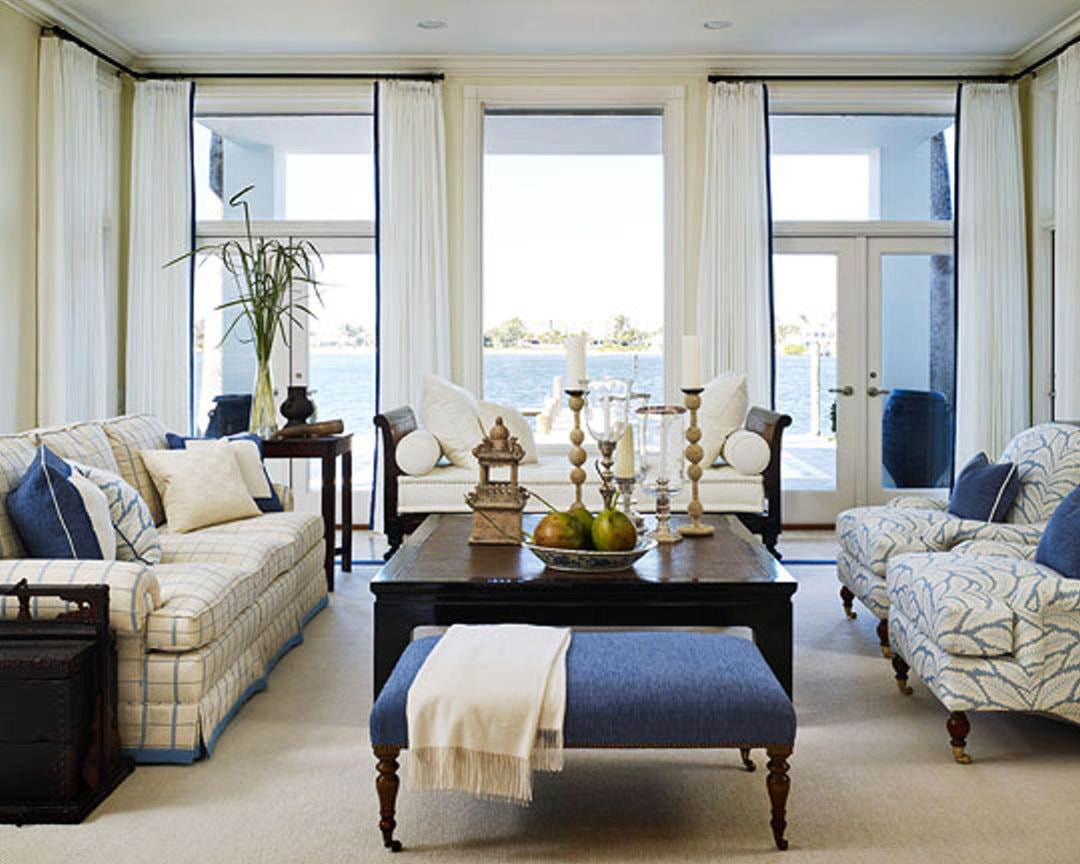
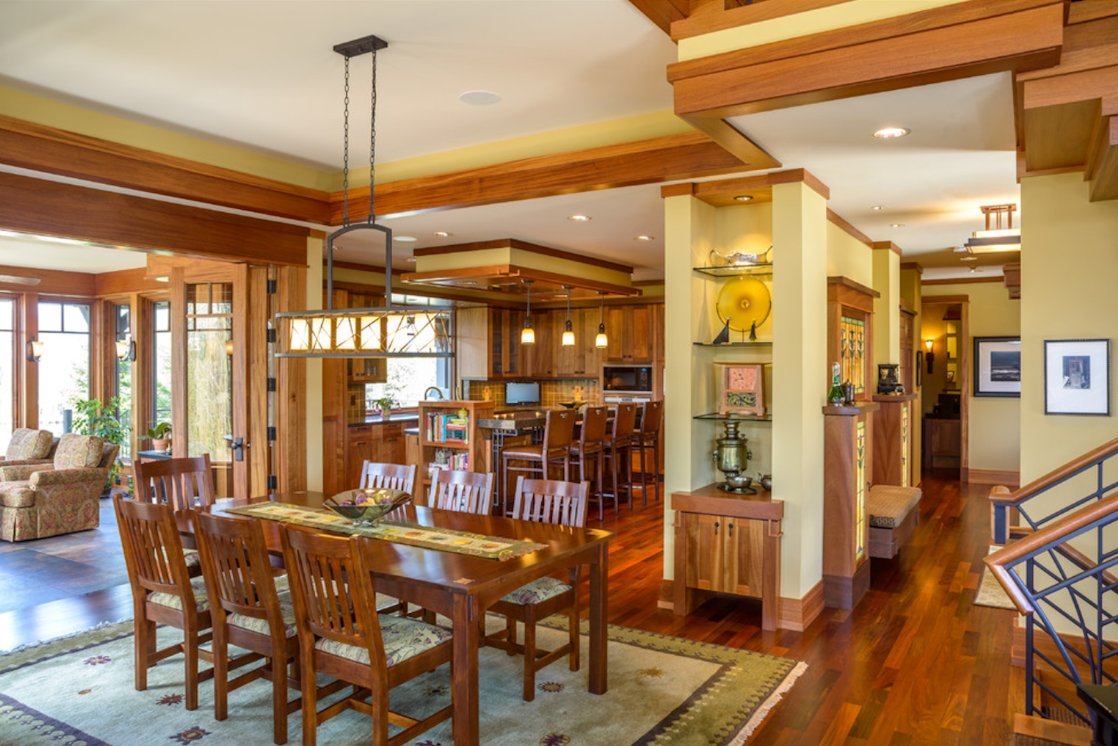
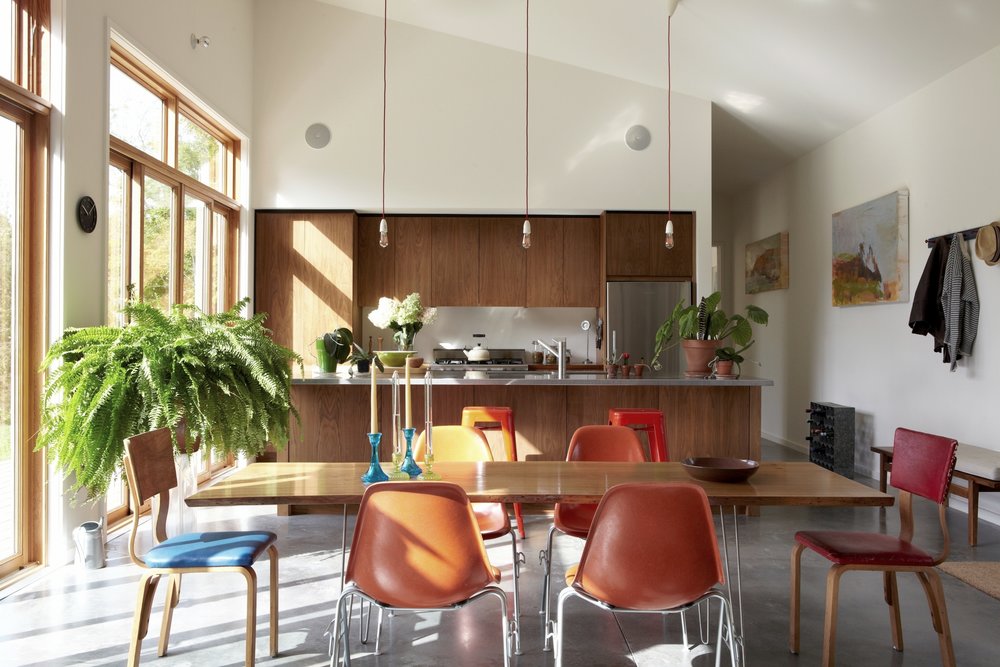
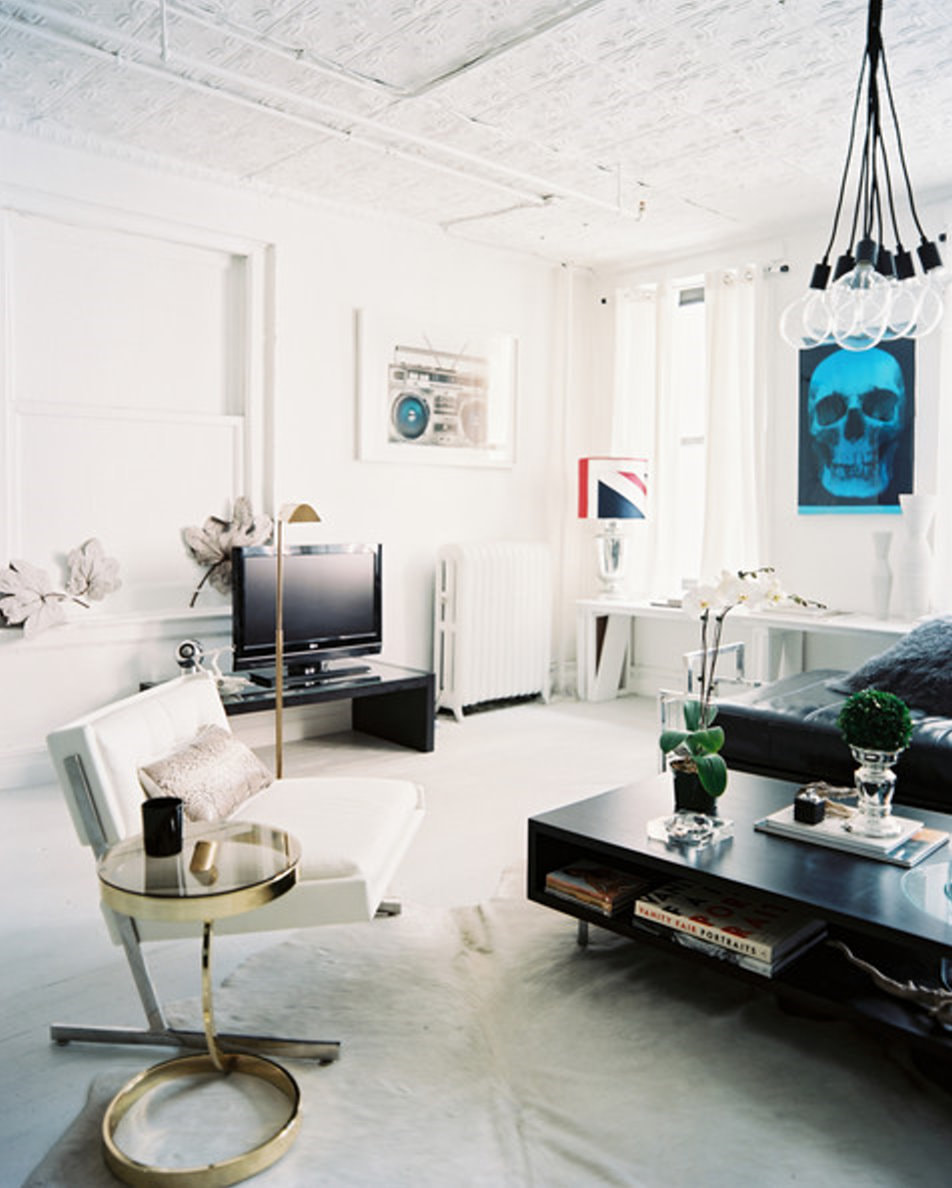
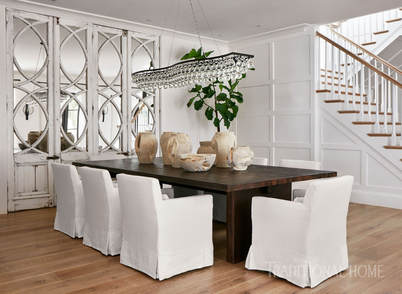


 RSS Feed
RSS Feed